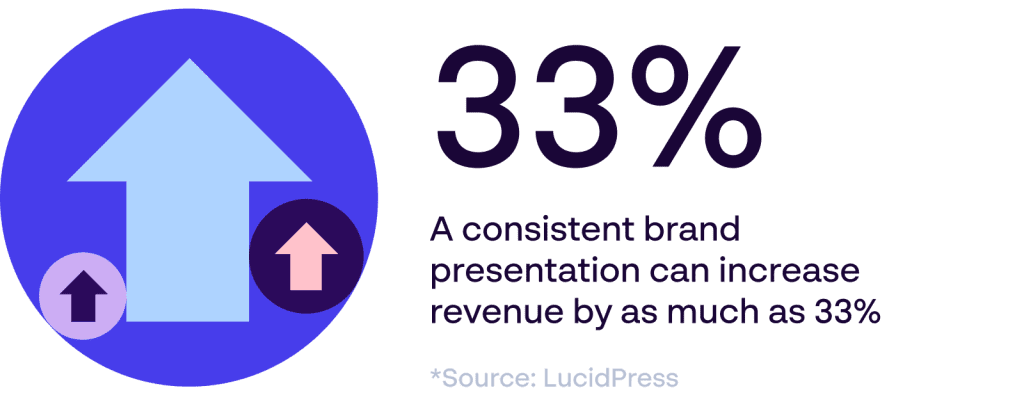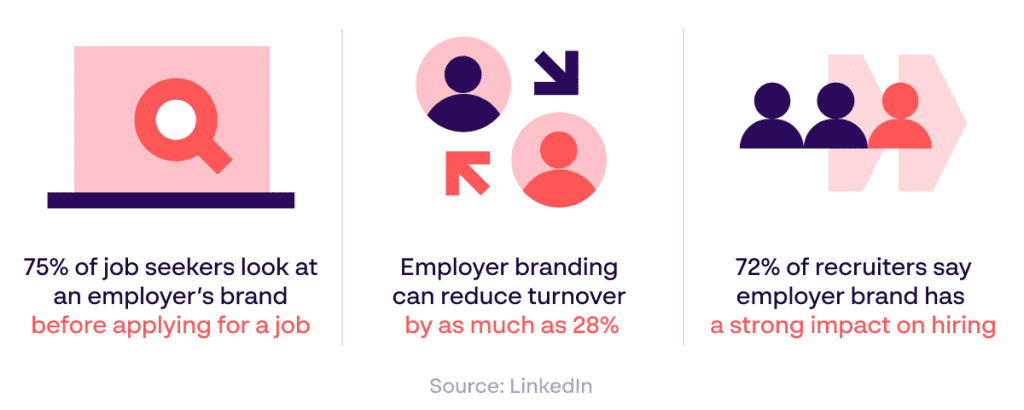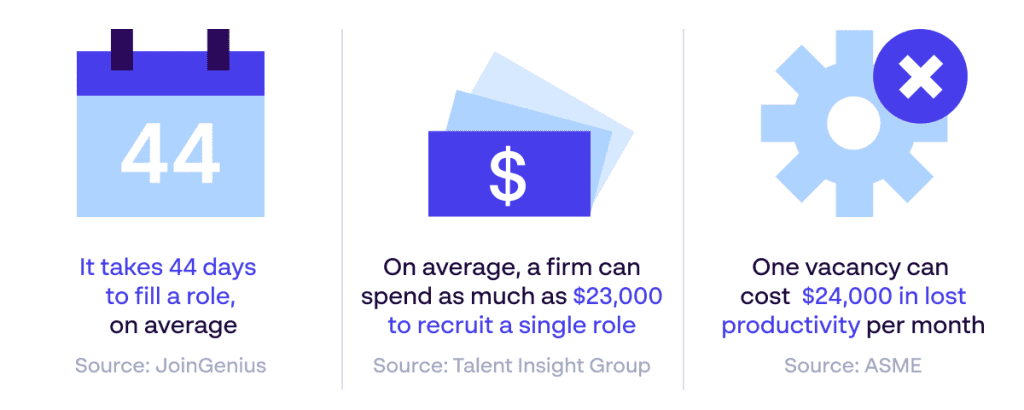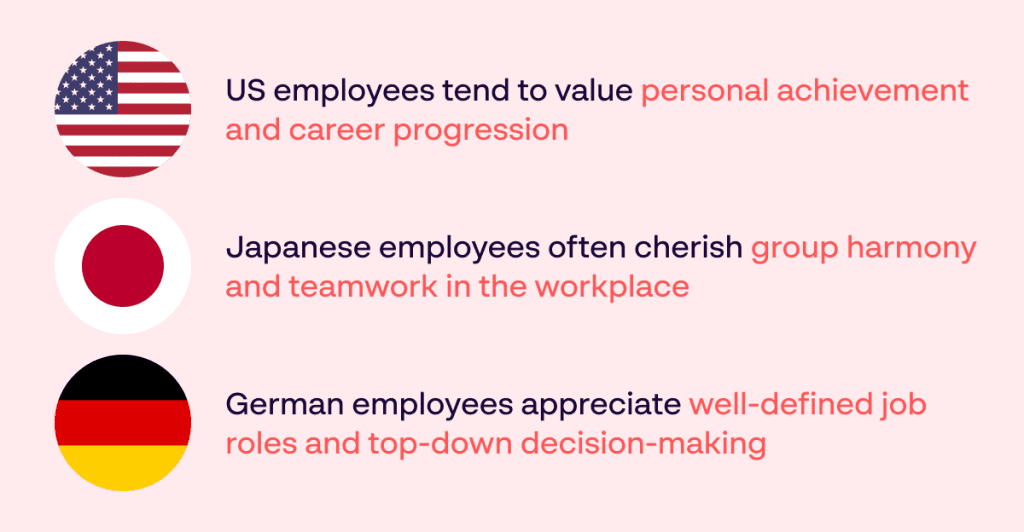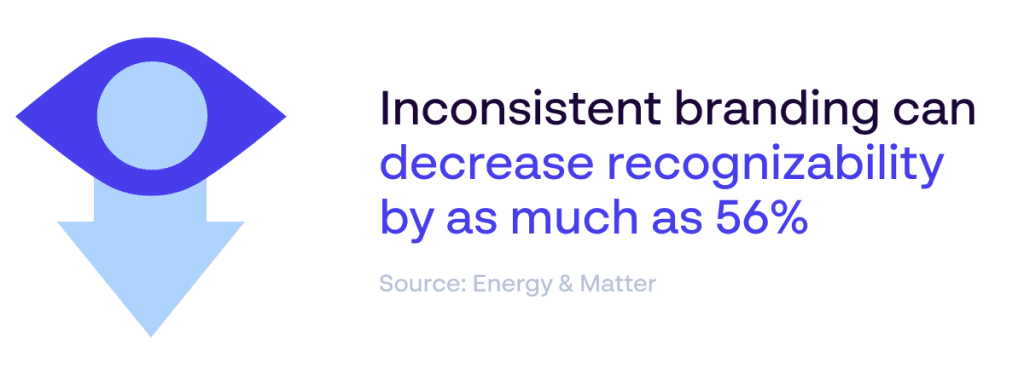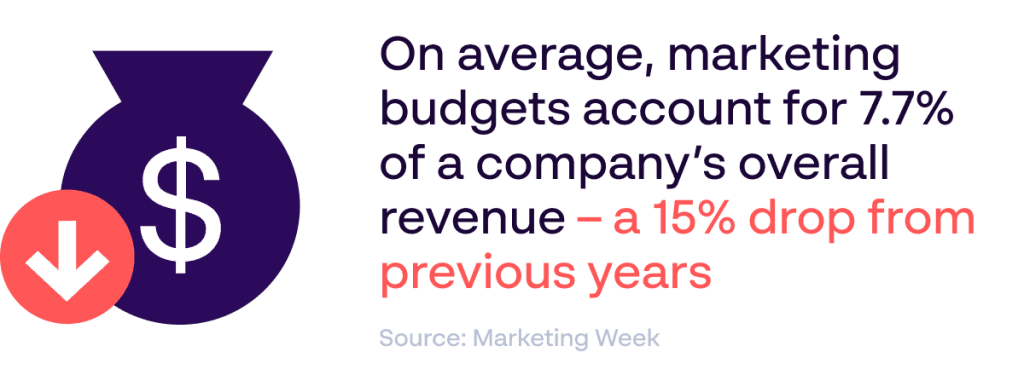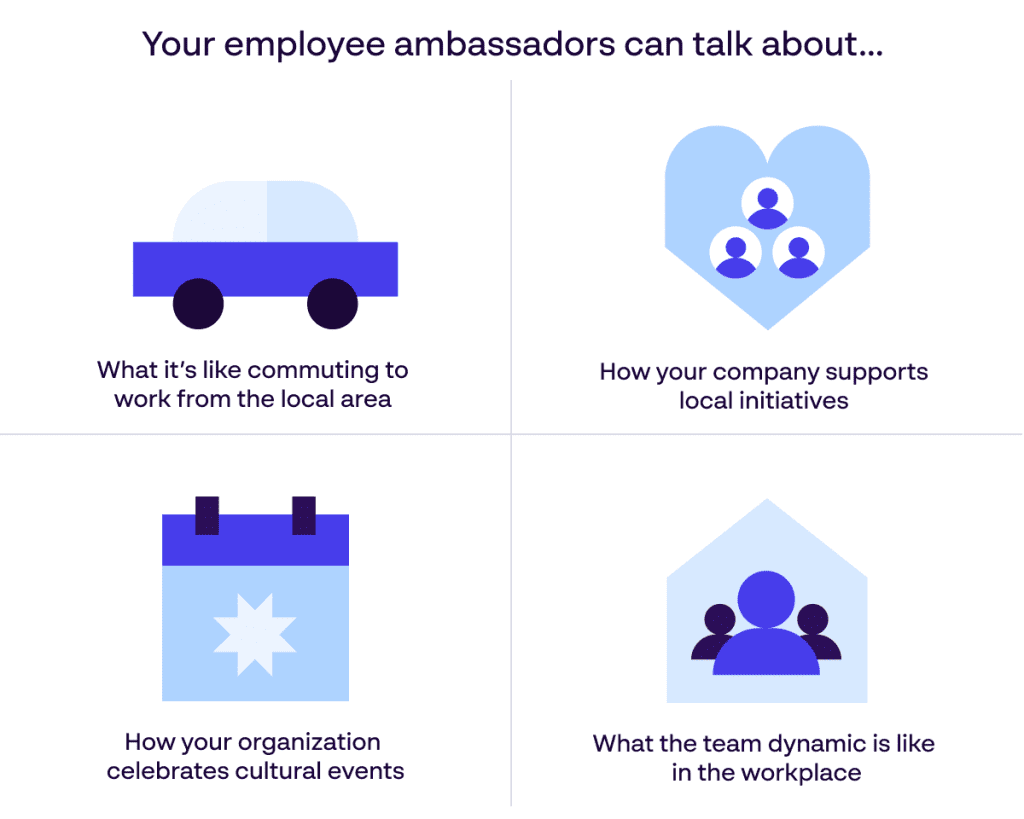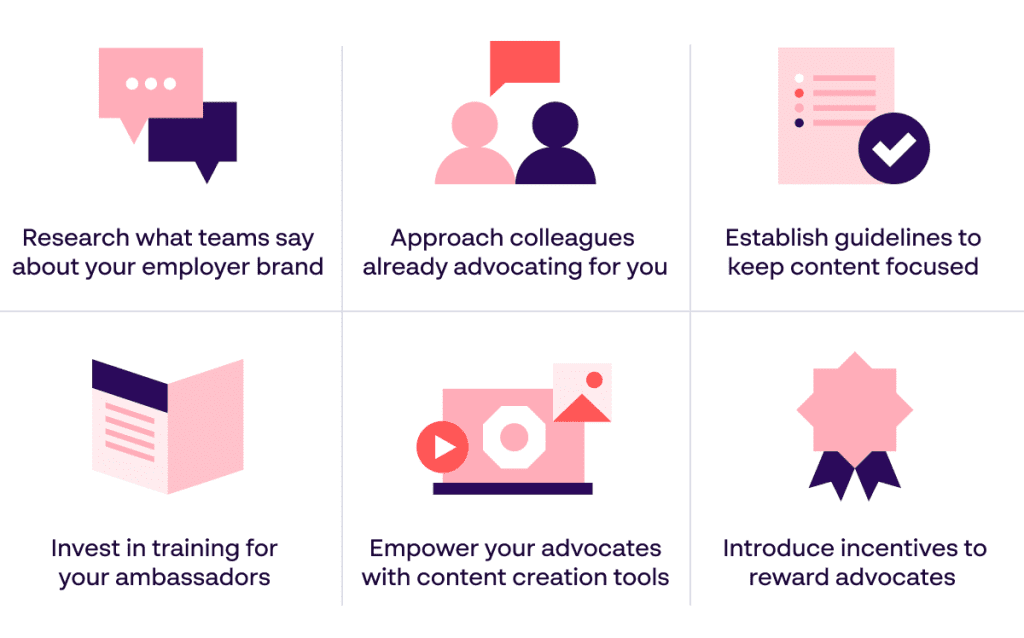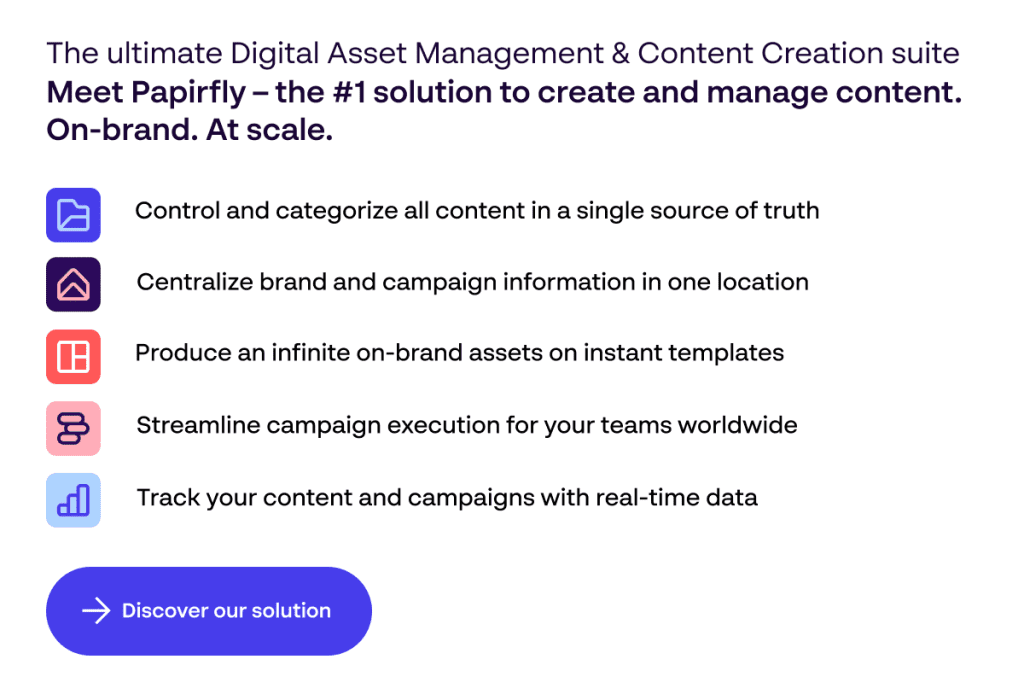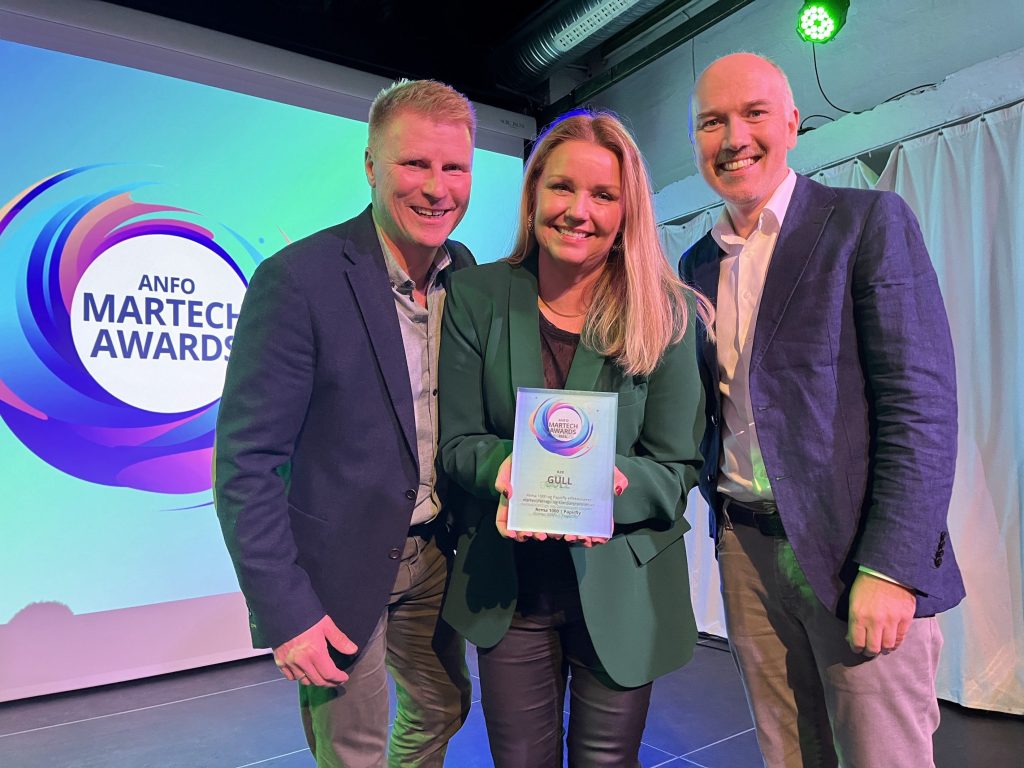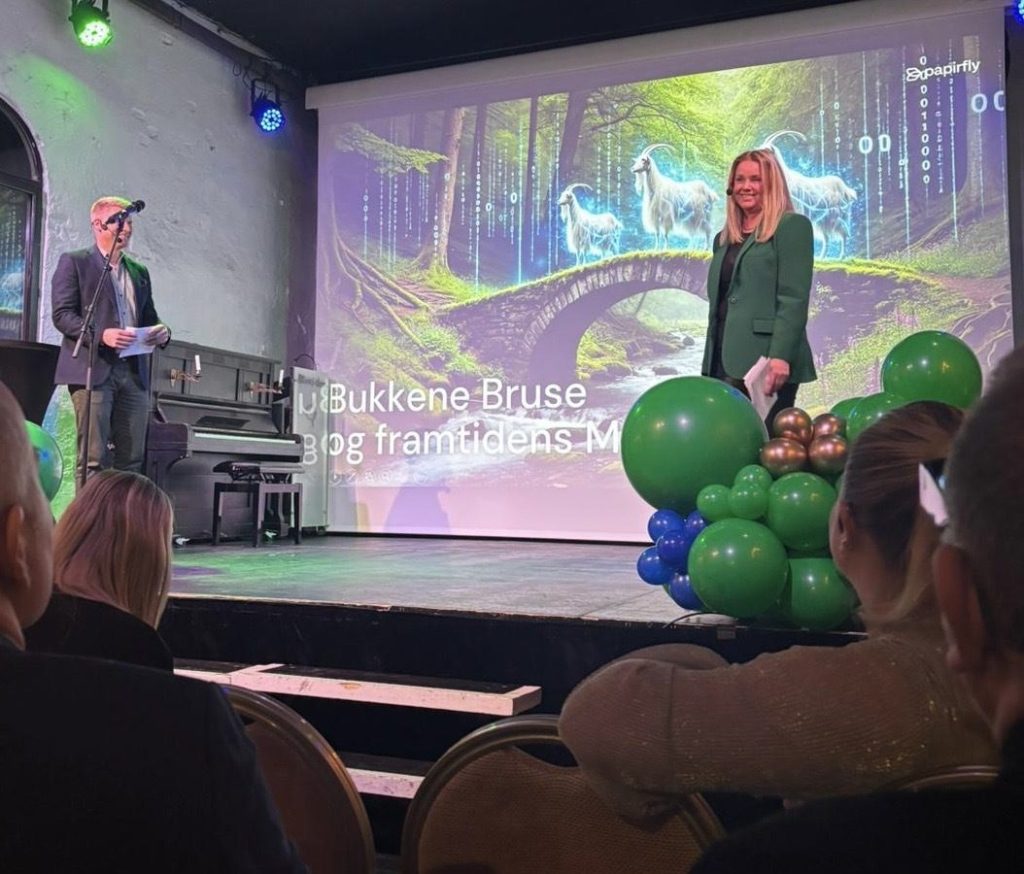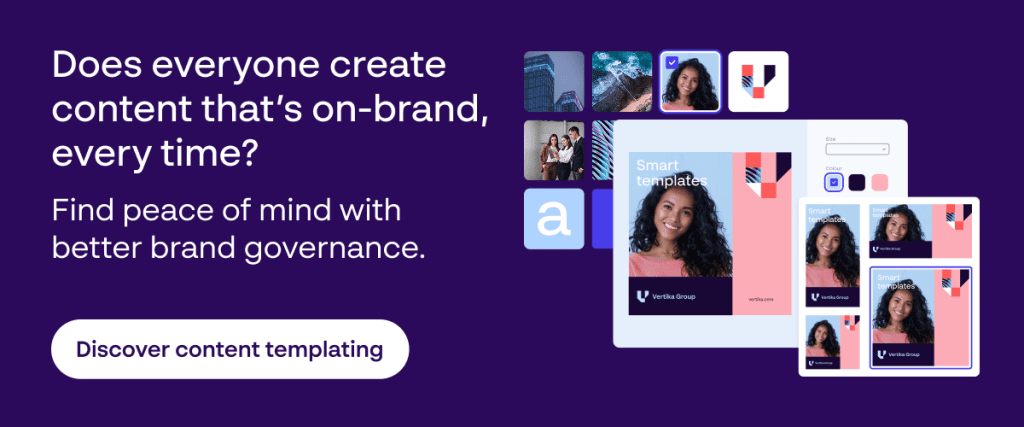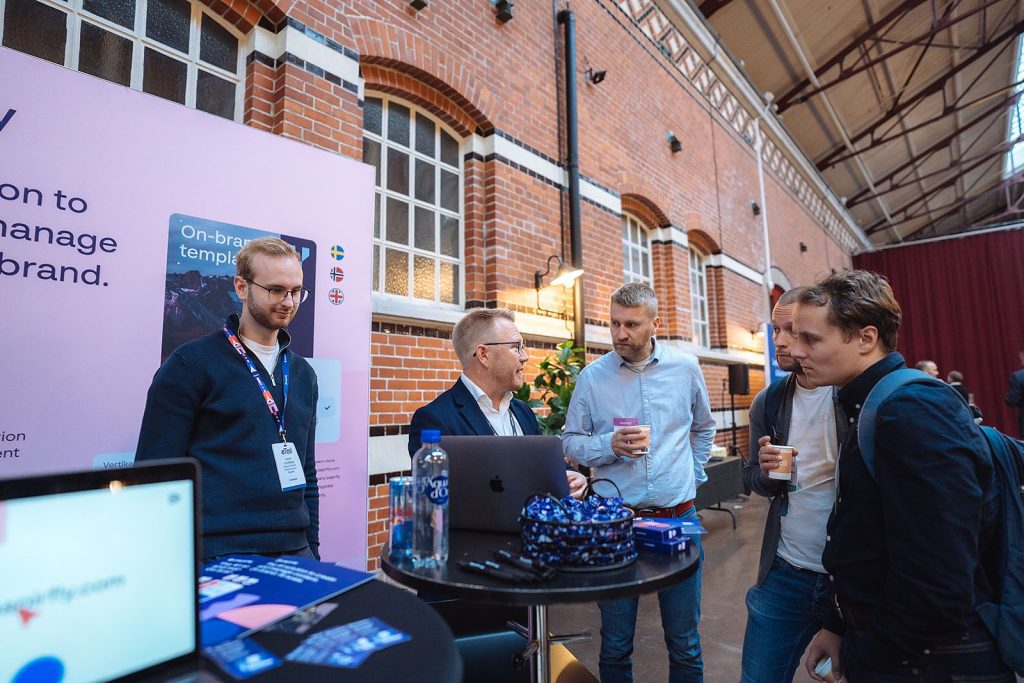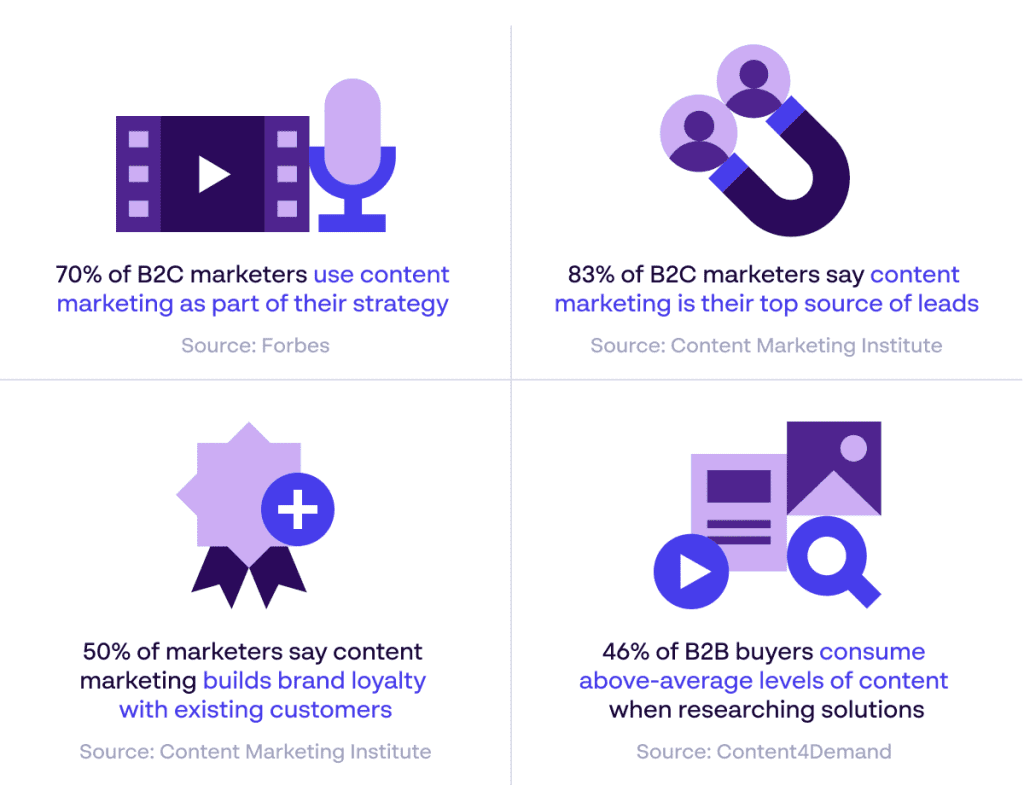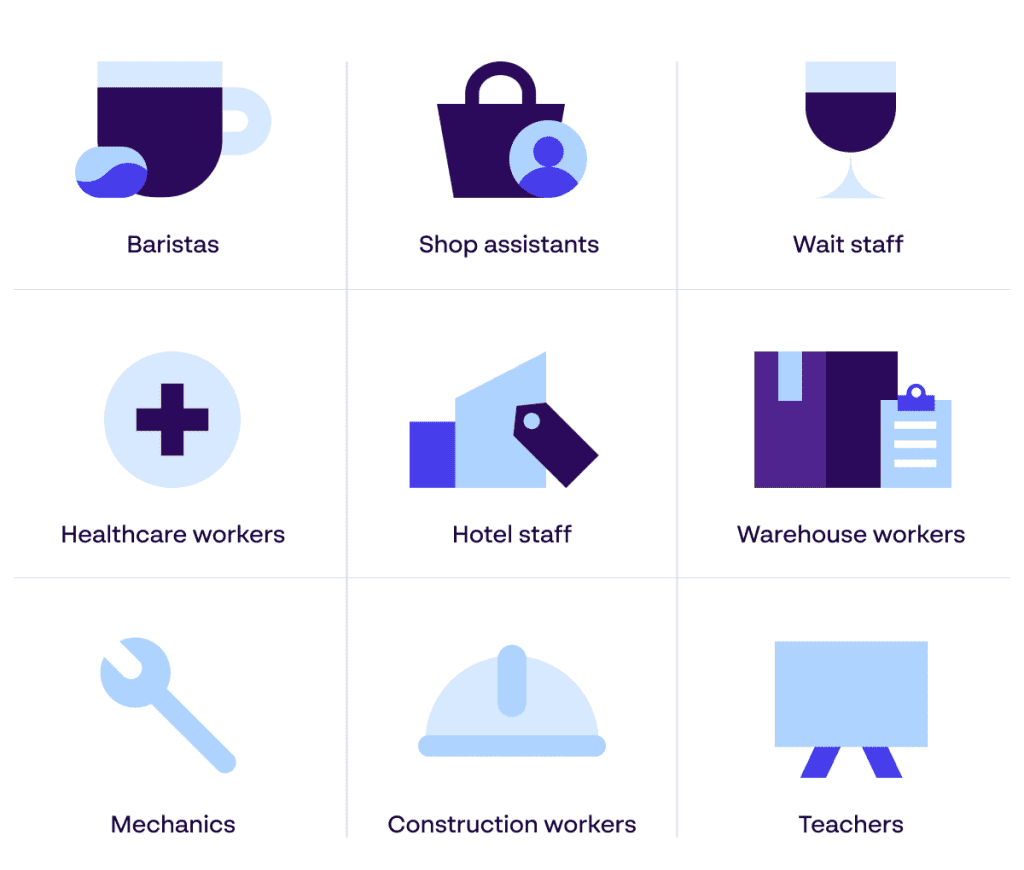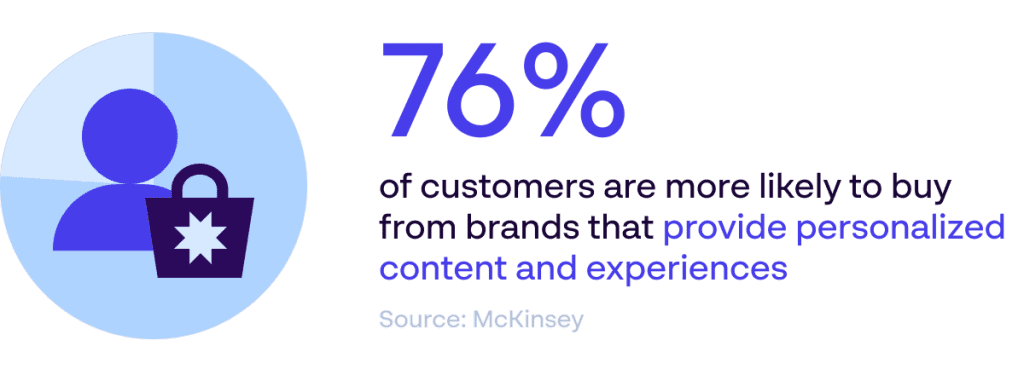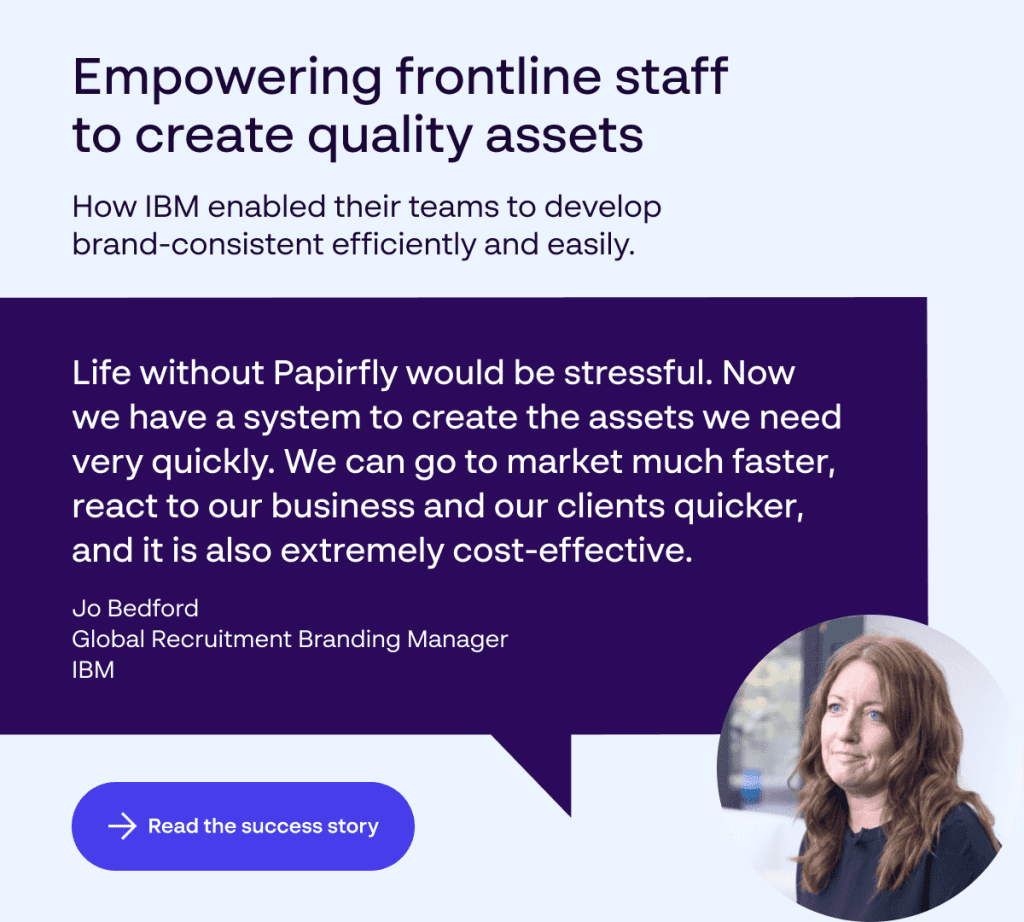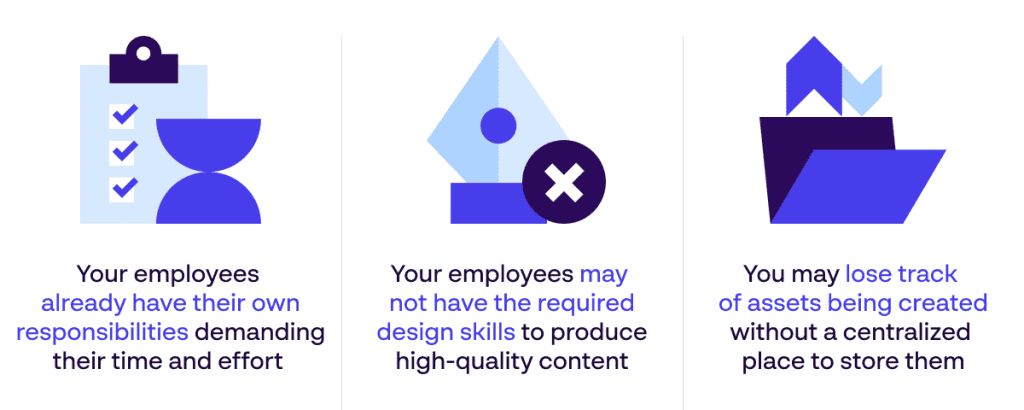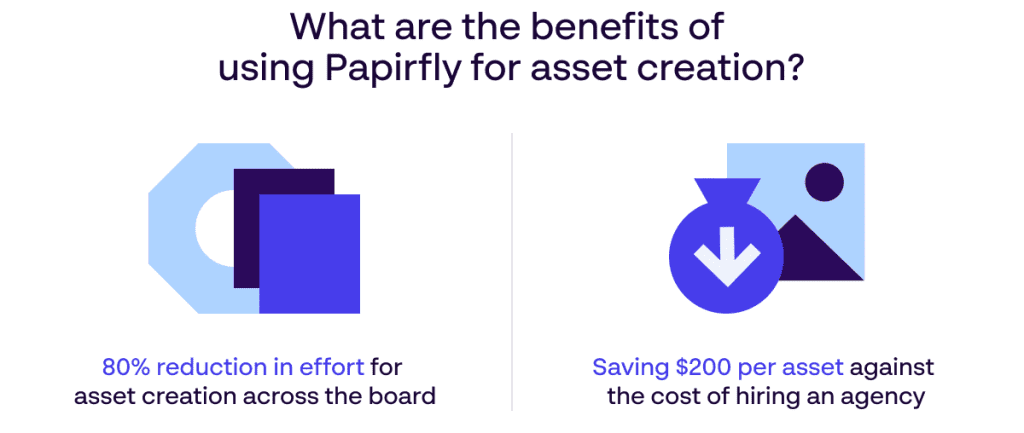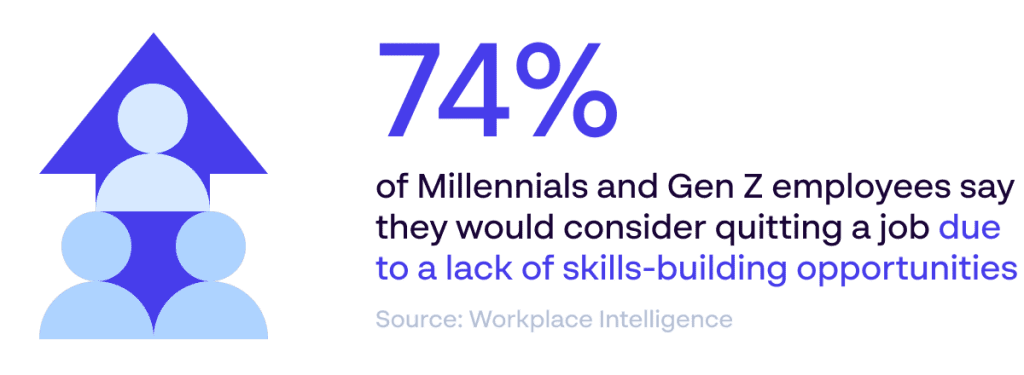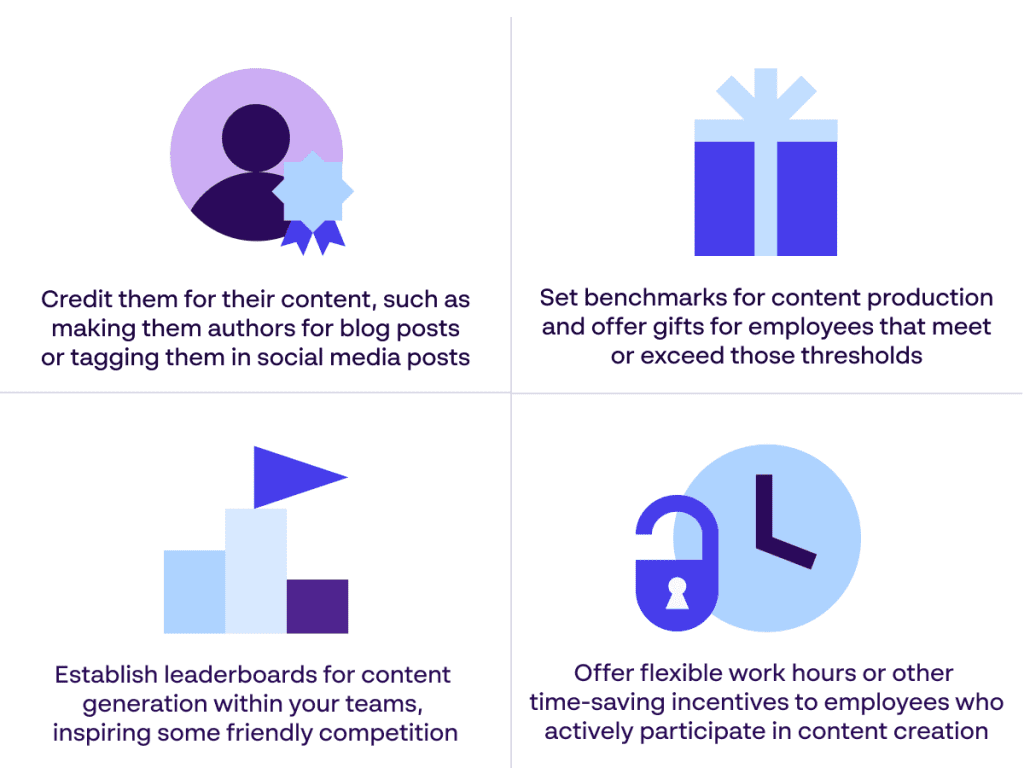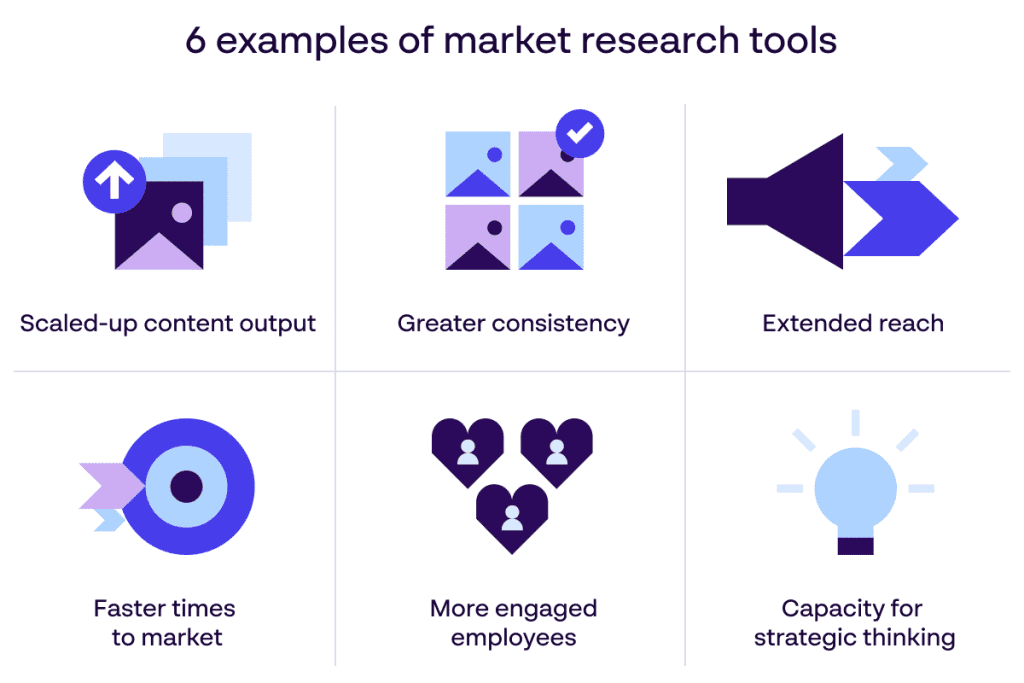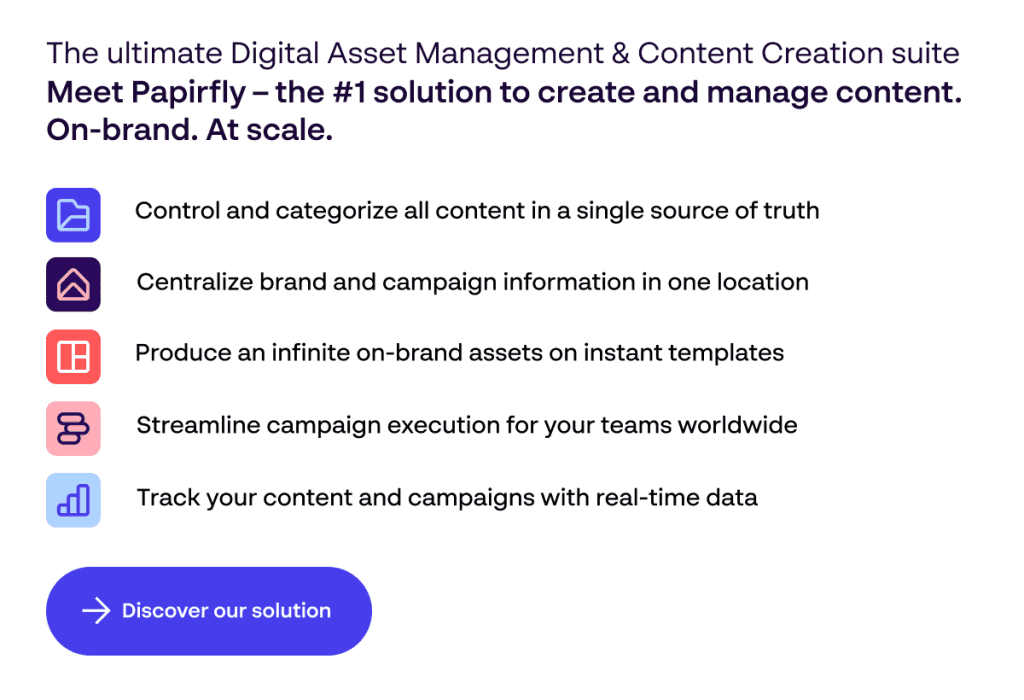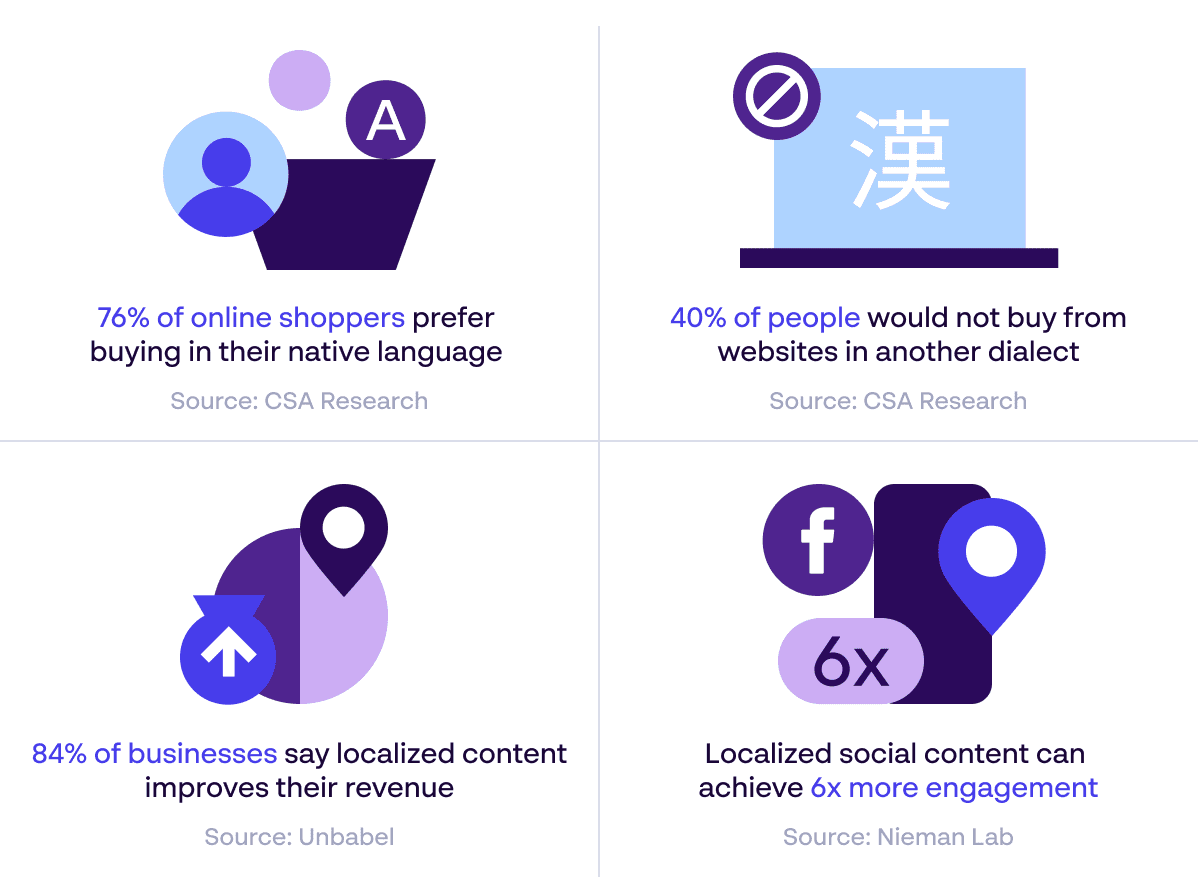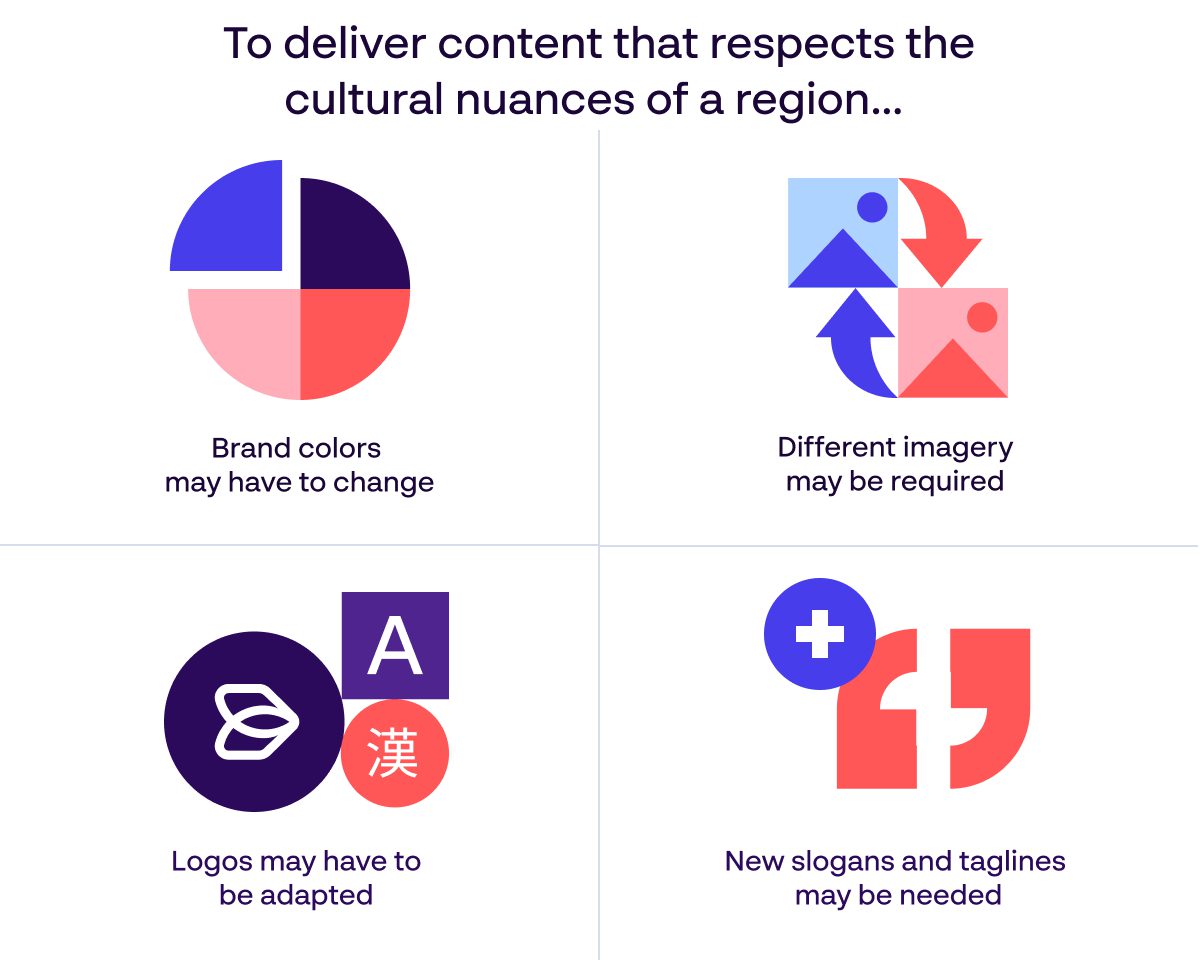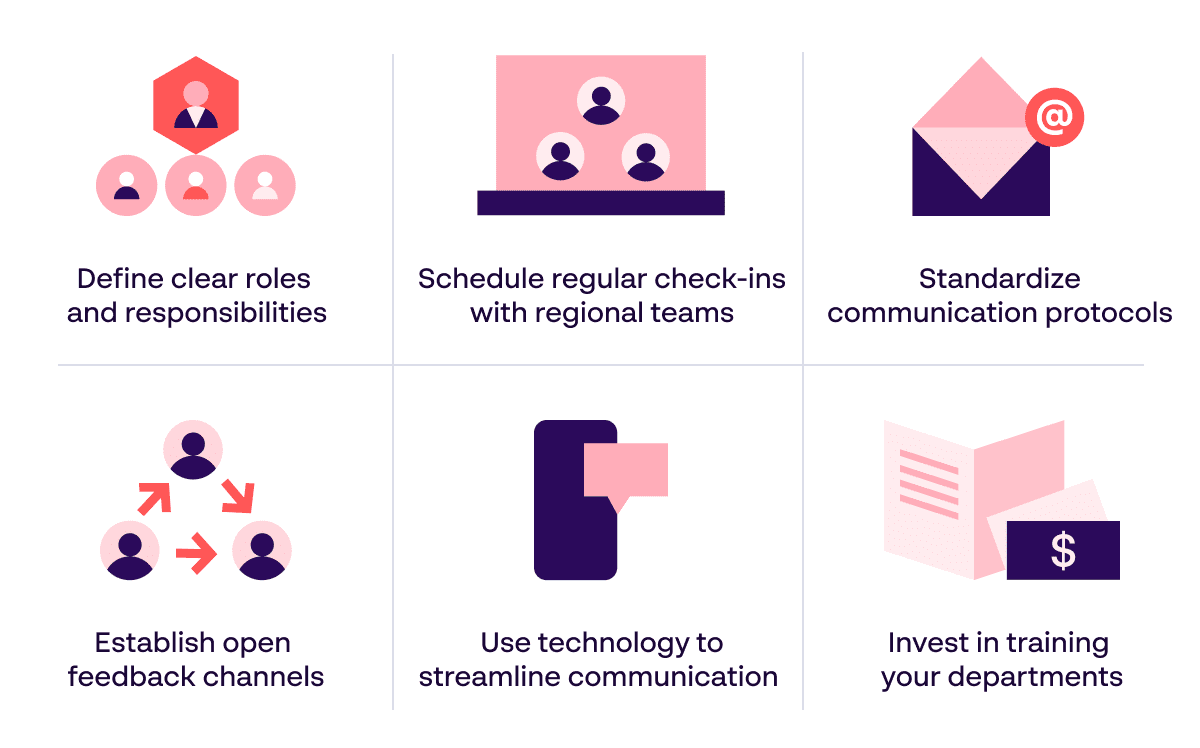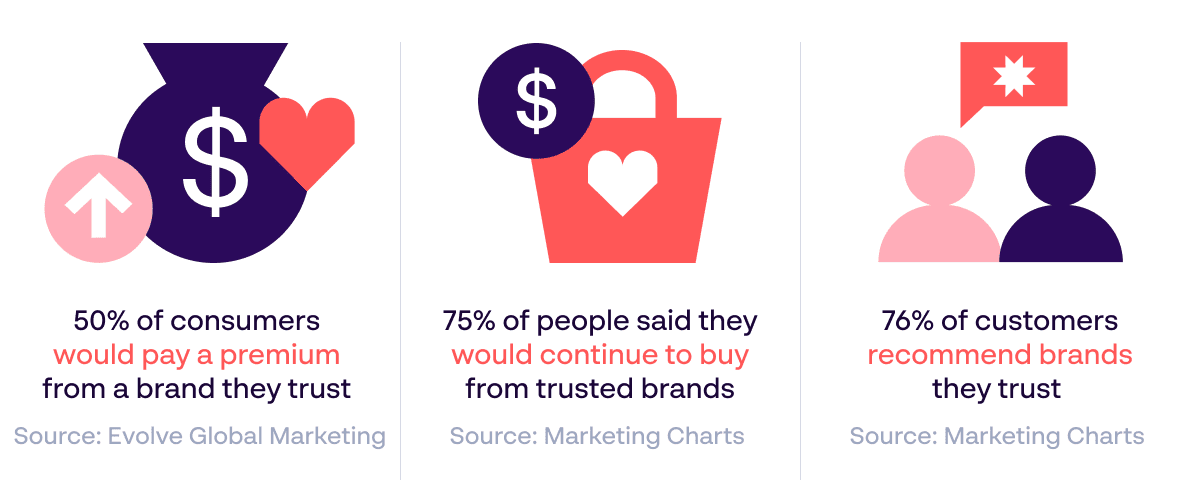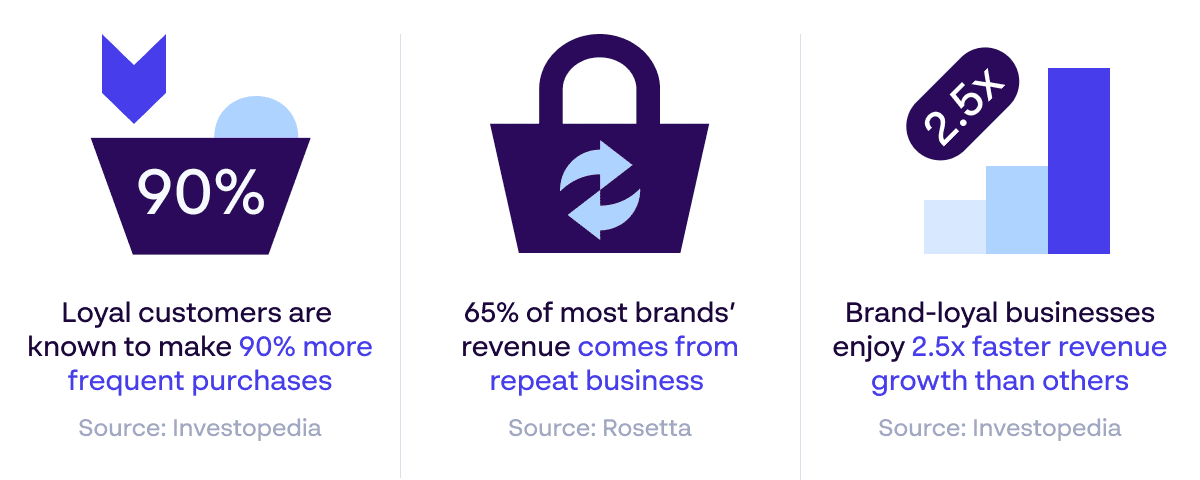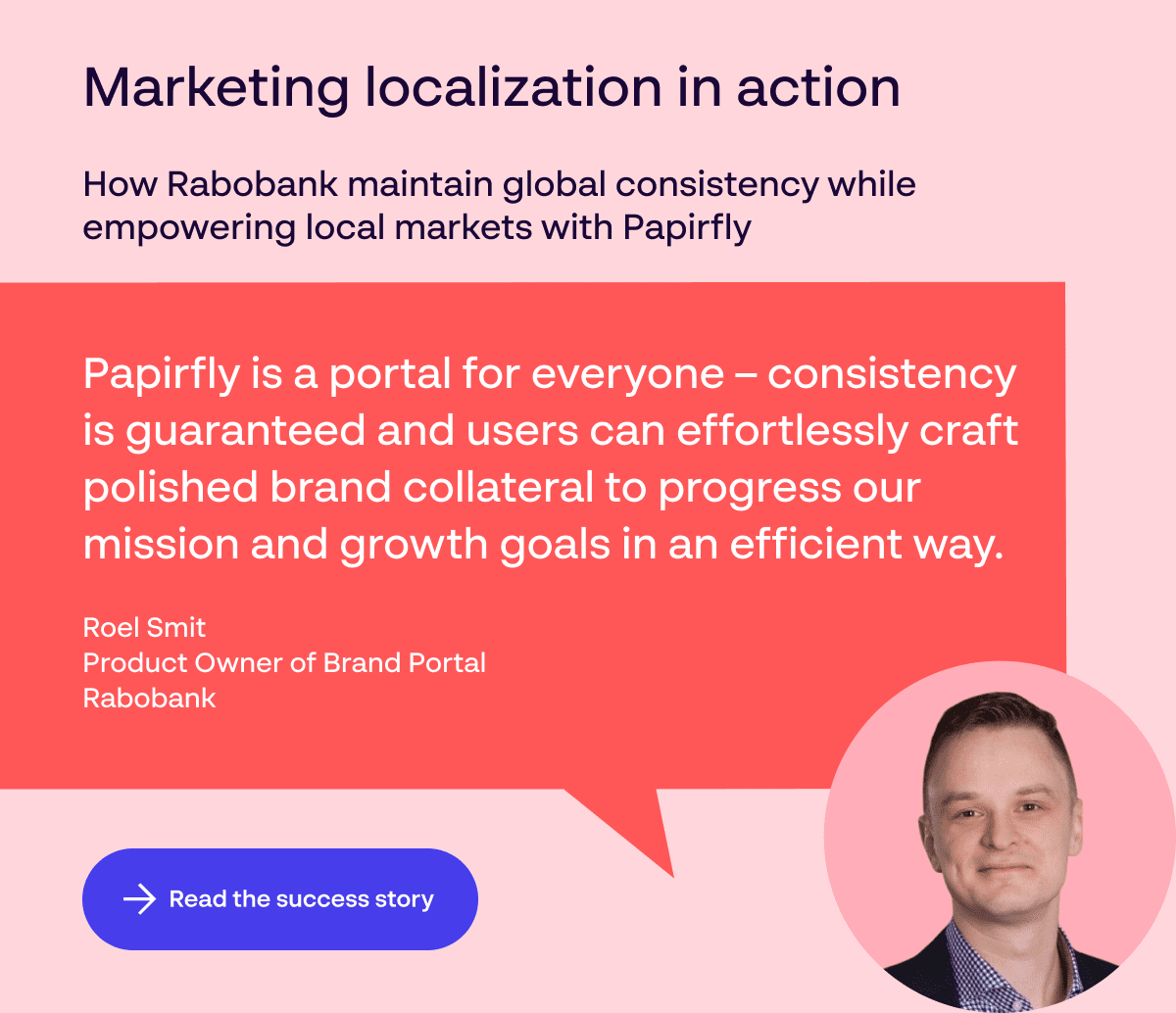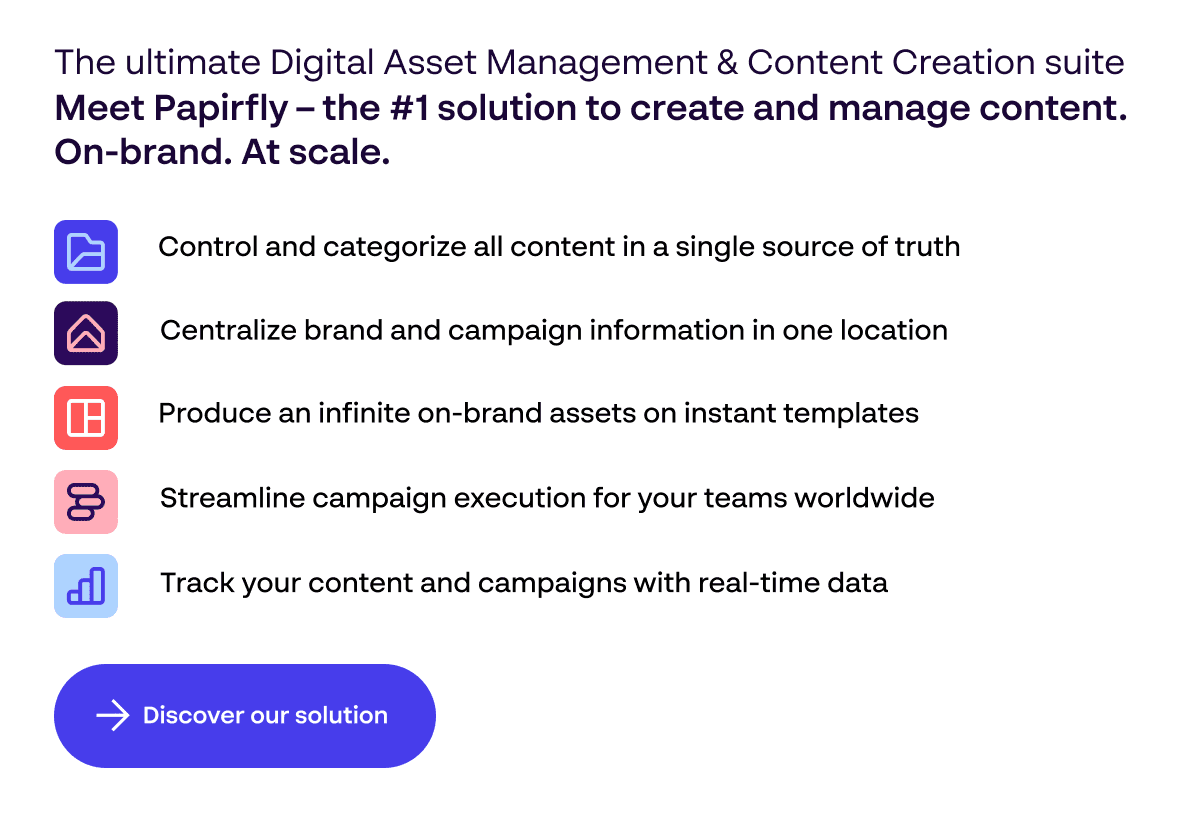Trust is a precious commodity for the Nordic energy market.
A mix of historic fossil fuel usage, volatile energy prices and negative news headlines mean the modern energy sector is less trusted by the public when compared with other industries.
With the landscape for energy providers more crowded than ever before, establishing a credible, trustworthy brand identity offers a significant competitive advantage to secure long-term customer relationships.
In this ongoing battle, integrating sustainability storytelling into your corporate branding is one of your most powerful weapons to build trust with your key stakeholders.
As Nordic consumers’ buying habits and lifestyles become more and more entwined with their social and environmental responsibility, energy brands that reflect this in their own messaging can make strides in retaining the confidence and loyalty of their customers.
In this article, we’ll explore how sustainability storytelling builds trust, examine key strategies for incorporating sustainability into your brand, and highlight how Digital Asset Management (DAM) systems ensure consistent, impactful communication.
The tight relationship between sustainability and trust
As the urge to be more socially and environmentally responsible becomes embedded in our culture, this is reflected in people’s purchases and their perception of brands.
In the Nordic market, sustainability is a key factor in consumers’ buying habits. A survey conducted by BCG demonstrated that 58% of consumers report that sustainability aspects are important decision-makers when purchasing a product, while 40% of customers in Finland say most of their purchases are sustainable.
Furthermore, 92% of global consumers say they trust brands that are socially and environmentally responsible, while 88% are more likely to stay loyal to companies with dedicated Environmental, Social and Governance (ESG) initiatives.
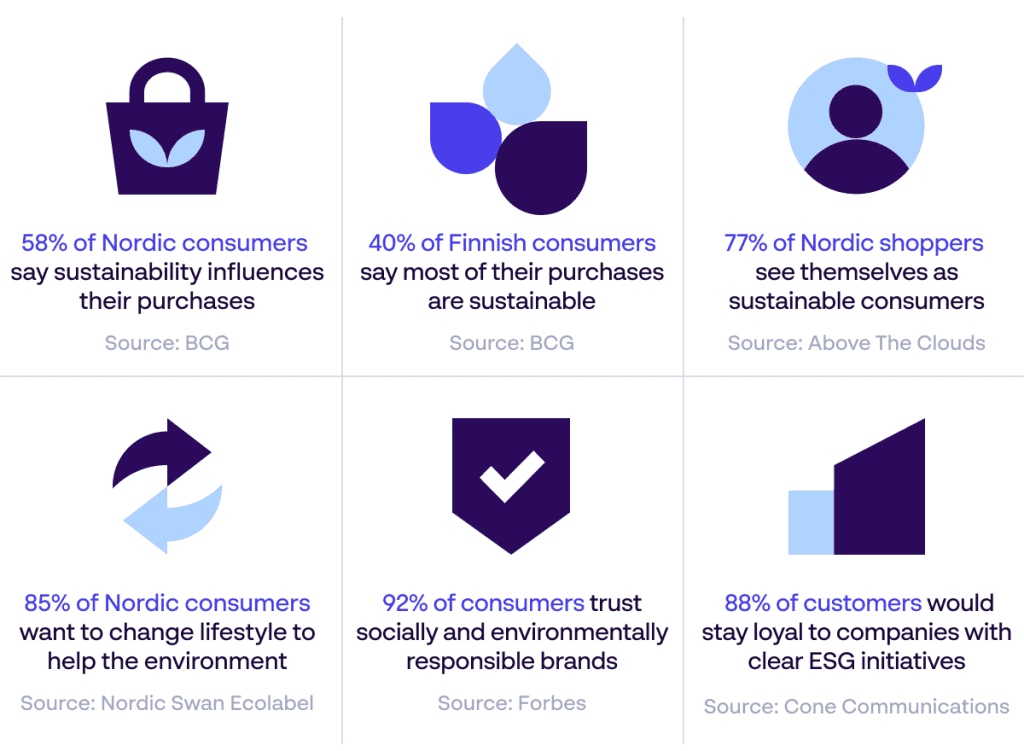
For Nordic energy companies, the demand is especially intense. With the region viewed as frontrunners in the global transition to renewable, green energy, and subject to some of the most ambitious frameworks and guidelines related to sustainability, there is an even greater expectation that these brands make this a central part of their brand identity.
Sustainability storytelling allows your energy company to connect emotionally with your customers. Powerful, purpose-driven narratives that highlight progress, challenges, and impact can humanize your brand, resonating with audiences to build ongoing loyalty and advocacy.
Authenticity and transparency: The cornerstones of effective sustainability branding
Before we discuss ways to harness the power of sustainable branding, for this to succeed, authenticity and transparency are non-negotiable. Nordic consumers are more skeptical and informed than ever, and they are quick to identify greenwashing – a marketing practice where companies exaggerate or falsify their sustainability strategies.
Brands that are not accurate or authentic in their sustainability storytelling are more scrutinized than ever before. Global energy companies have discovered this in years past, and their relationships with consumers has suffered as a result.
To avoid this pitfall, any branding or marketing that evokes your commitment to sustainability must be backed by real, measurable actions. Transparency is the key: openly sharing progress, challenges and results not only builds credibility, but also strengthens relationships with customers who value honesty over perfection.
3 ways to make sustainability central to your energy company’s corporate brand
1. Develop your sustainability narrative
A powerful sustainability narrative is foundational to a brand’s identity. This narrative should not only communicate your company’s commitments but also provide a roadmap for achieving them.
For example, your energy brand could articulate its role in “enabling the world’s transition to clean energy through innovation, transparency, and partnerships.”
3 tips to develop your sustainability narrative
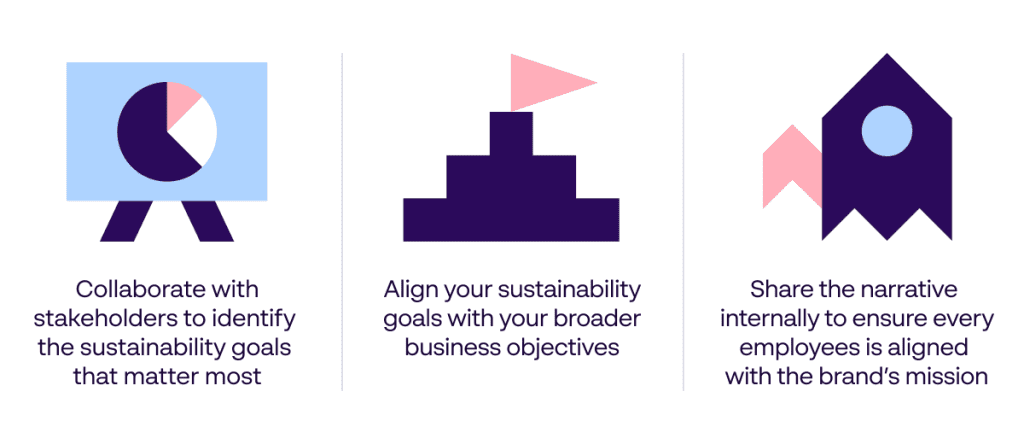
This sustainability narrative becomes the cornerstone of all communication efforts, reinforcing your brand’s purpose and setting the tone for external messaging.
Remember – this must be authentic. Empty claims in your sustainability storytelling will be picked apart by today’s savvy customers:
- Show how your sustainability efforts align with your core business values
- Be specific with your sustainability targets and initiatives
- Openly acknowledge areas for improvement rather than hide them
- Ensure the message resonates with the needs of your customers
2. Publish transparent signals of your sustainability commitments
Trust is built on transparency. In the energy sector, where skepticism can run high, it’s essential to go beyond generic claims by publishing detailed and verifiable data across your marketing channels.
Keep in mind that only 15% of Nordic consumers say they find it easy to evaluate the sustainability performance of companies. So, the more accessible you make this information, the more trusted your brand appears when compared with less transparent organizations.
This can take many forms:
- Sustainability reports that show your progress toward net-zero goals, including reductions in carbon emissions
- Financials illustrating your renewable energy investments and operational efficiencies
- Independent third-party certifications and standards, such as the Nordic Swan Ecolabel or ISO 14001
- Reports demonstrating the environmental credentials of your partners and suppliers
Look at Tesla as an example. Their annual Impact Report very clearly and visually expresses their company’s social and environmental milestones. It’s also formatted to meet the demands of their various audiences – from the full, in-depth reports required by investors and regulators, to top-line infographics and graphs for their everyday consumer.
3. Create education content to become a sustainability thought leader
Educational content allows energy brands to position themselves as thought leaders in sustainability.
It showcases that your commitment to sustainability is more than an obligation – you are going the extra mile to empower others with knowledge and guidance that will help them be more socially and environmentally responsible.
Examples of educational content include:
- White papers and case studies that showcase successful sustainability projects, offering insights into the challenges, solutions and measurable outcomes.
- Podcasts or video series featuring experts discussing industry innovations, best practices, or the latest trends in sustainability and renewable energy.
- Infographics and visually engaging graphics to explain complex topics like renewable energy technologies, decarbonization strategies, or the science behind carbon capture.
- Interactive tools such as online calculators or interactive dashboards that allow users to assess their carbon footprint or explore the impact of renewable energy solutions.
- Educational blogs and e-guides answering audience pain points such as “how to transition to green energy” or “steps businesses can take to reduce emissions.”
6 more examples of sustainability content
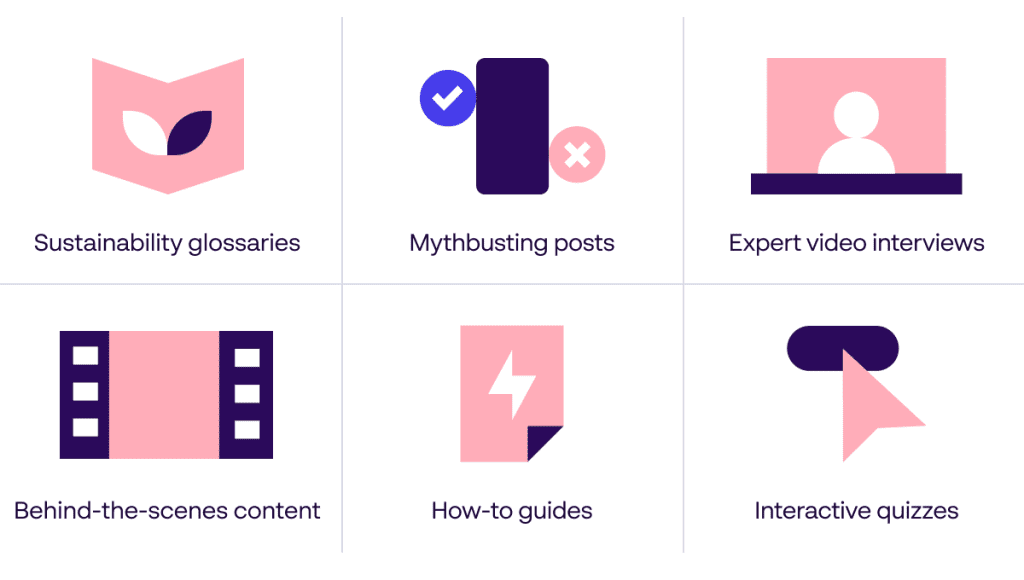
By investing in high-quality, educational materials, your energy brand can become a go-to resource for insightful content around sustainability. This familiarity and reputation fosters trust, setting your brand apart from competitors who aren’t as prolific on this topic.
Ensuring a consistent commitment to sustainability with Digital Asset Management (DAM)
While authenticity and transparency are the foundations of effective sustainability storytelling, another vital quality to consider is consistency.
Brand consistency is essential to build trust with today’s customers. Any discrepancy or deviation from your core identity – particularly when relating to as hot a topic as sustainability – can lead people to question the authenticity and credibility of your messaging.
With today’s energy companies often fragmented across numerous regions and needing to be present on multiple marketing channels, maintaining consistent sustainability messaging can be a big challenge. If one team is not up-to-speed with the latest brand guidelines or using outdated materials, it can cause unwanted confusion among your customers.
With this in mind, investing in a Digital Asset Management (DAM) solution can empower your teams to stay consistent at every touchpoint.
Create a single source of truth for your sustainability storytelling
By giving your professionals instant access to pre-approved, fully compliant assets, a DAM system ensures everyone in your team can immediately see how your sustainability messaging should be communicated. This helps stop future assets straying from these examples, making it a go-to reference guide for your content creators.
Furthermore, combining your DAM with a brand portal unlocks another level of control. Housing your brand guidelines, sustainability statements and everything else that defines your brand culture in one place, this cloud-based platform educates your teams on how to present your brand on all channels.
Categorizes an unlimited number of assets in one accessible space
A high-quality DAM platform enables you to capture, organize and distribute all your digital assets in one place. Rather than content being lost in messy email chains or cluttered servers, teams can locate, use and publish the exact materials they need when they need them with little effort.
This not only greatly enhances the cost efficiency of your marketing operations through smart uploads and AI-driven tagging and search. This streamlined communication keeps your regional teams on the same page with your sustainability storytelling, stopping inconsistencies from diluting your message. Structure inspires consistency; consistency generates trust.
Prevents outdated materials from reaching your audiences
Your sustainability metrics, targets and initiatives are always evolving, and it’s crucial that any old or out-of-date materials are kept out of circulation to prevent claims of greenwashing.
Through version control, DAM systems give you full access to an asset’s history and any changes it has undergone. This means your teams only work from the most recent version of any asset, so only accurate, authentic and provable sustainability impacts are showcased in your marketing.
Enables more localized, personalized campaigns
If your energy brand operates in multiple regions, you may understand how challenging it is to make sure your localized marketing campaigns do not spill over into the wrong channels. With a strong DAM system, flexible access control allows you to govern what assets are available to particular users, ensuring they only publish on-brand content relevant to their unique audiences.
This, combined with on-brand content creation tools that make localizing assets a seamless formality, means you can hone your campaigns to the specific needs of each target audience, making them more likely to resonate and deliver a healthy ROI.
5 ways DAM systems can benefit energy marketers
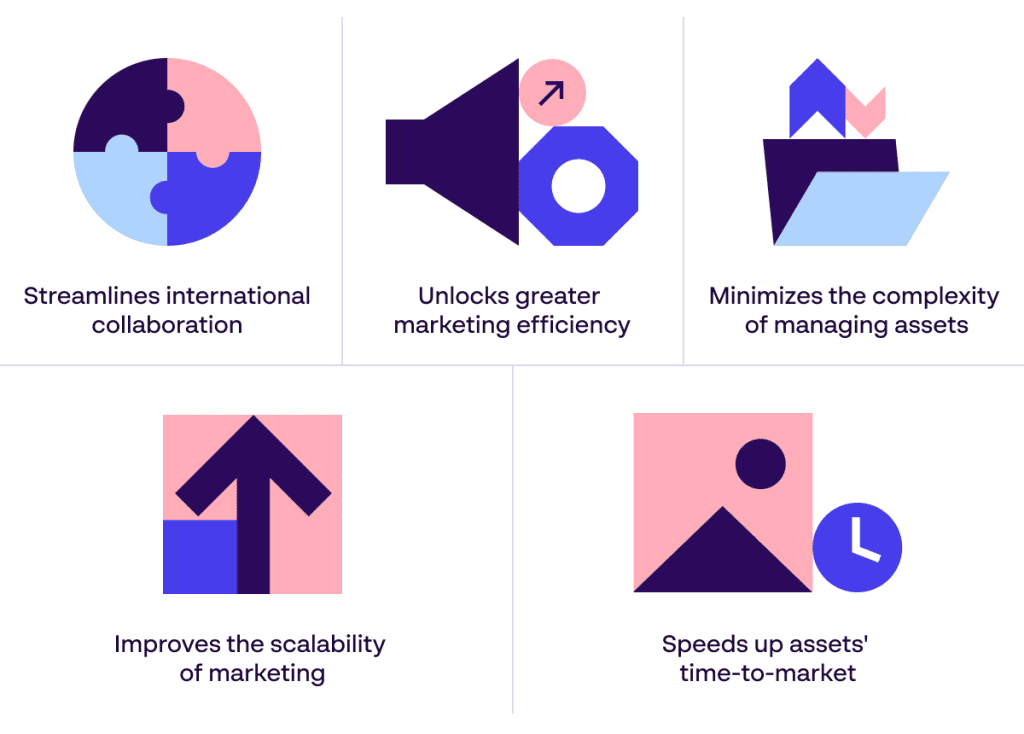
Elevate your sustainability-focused branding with Papirfly
As energy brands face a more ever more congested and competitive landscape, you can no longer simply rely on the necessity of your products and services. You need a brand that is strong, distinct and, above all else, trustworthy to set yourself apart for your customers.
We hope this has demonstrated the importance of aligning your branding with sustainability to build consumer trust.
At Papirfly, our market-leading Digital Asset Management solution is the ideal place to begin showcasing who you are as a brand, your sustainability story and the organization of the right brand assets for each user to get one fully-aligned your message across – helping your brand speak authentically, transparently and consistently to maintain loyalty with customers old and new.
See how Papirfly can transform the power and purpose of your energy brand!
Table of contents:
- The tight relationship between sustainability and trust
- Authenticity and transparency: The cornerstones of effective sustainability branding
- 3 ways to make sustainability central to your energy company’s corporate brand
- Ensuring a consistent commitment to sustainability with Digital Asset Management (DAM)
- Elevate your sustainability-focused branding with Papirfly

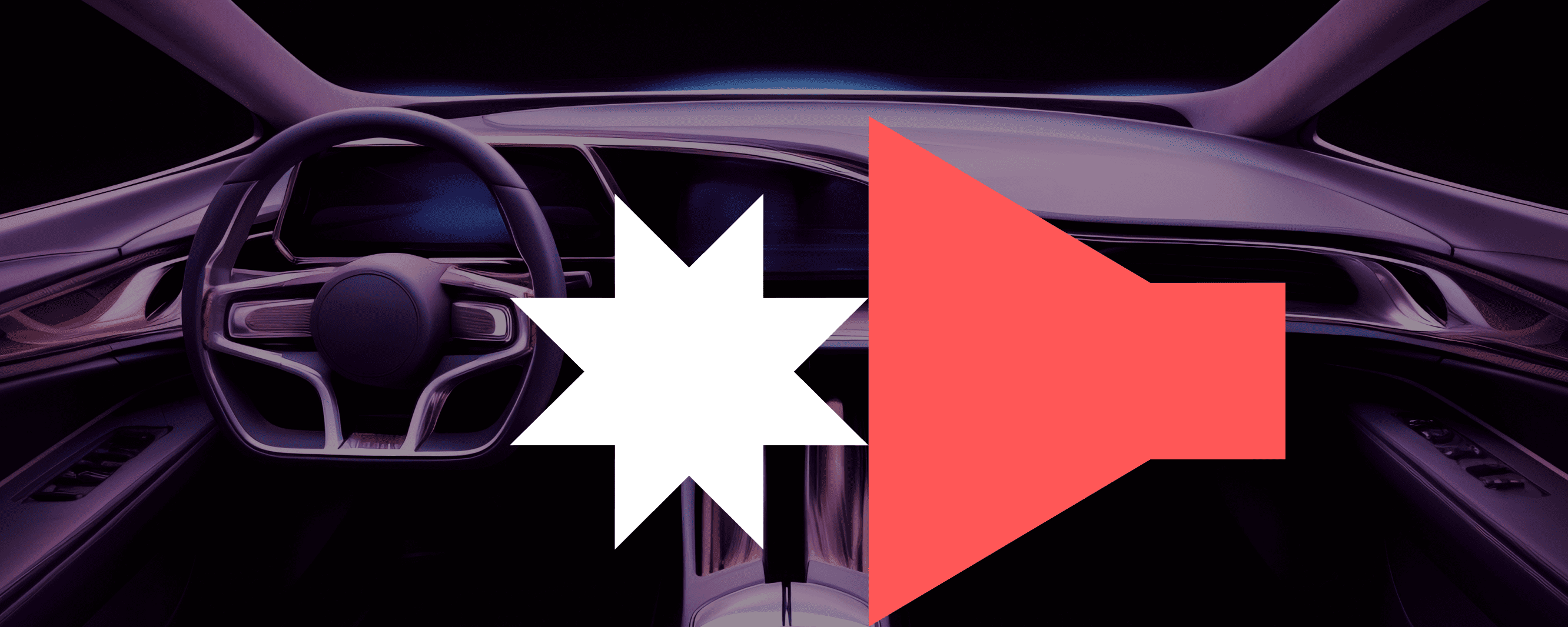
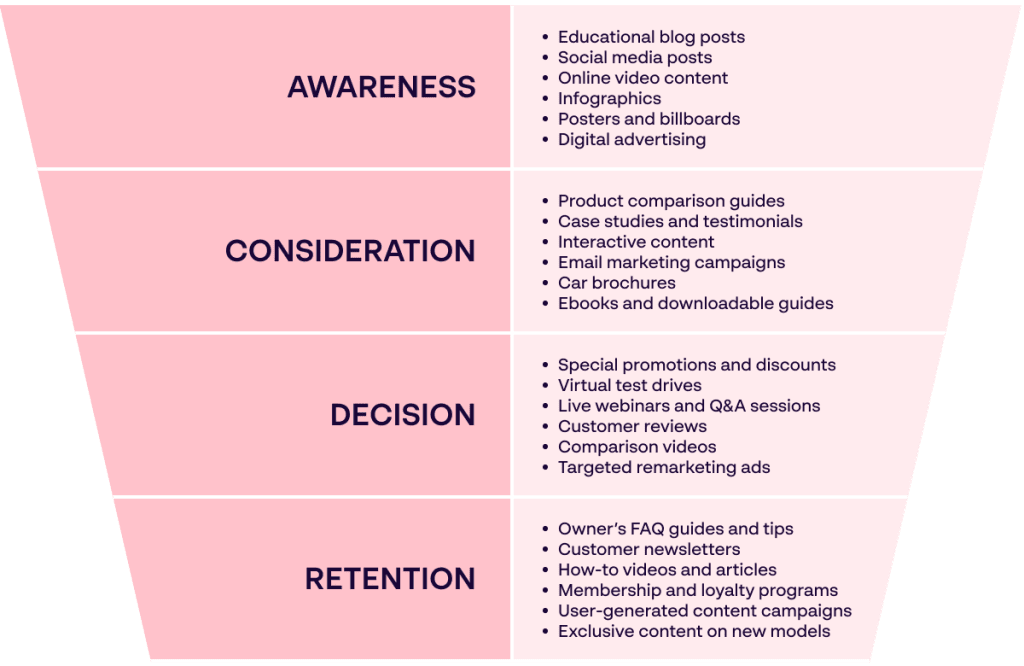
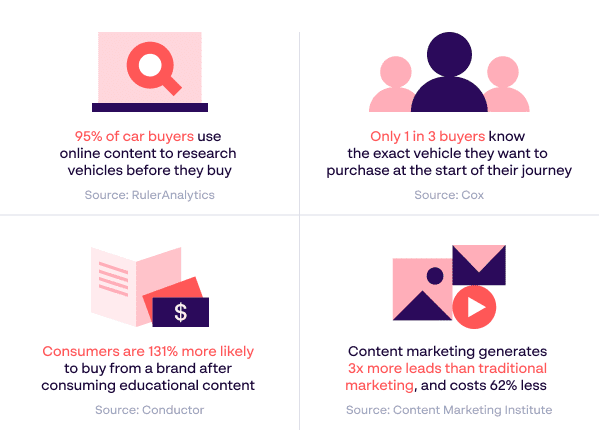
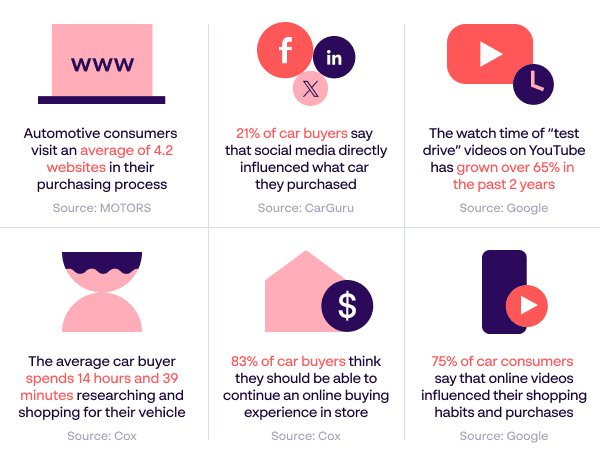
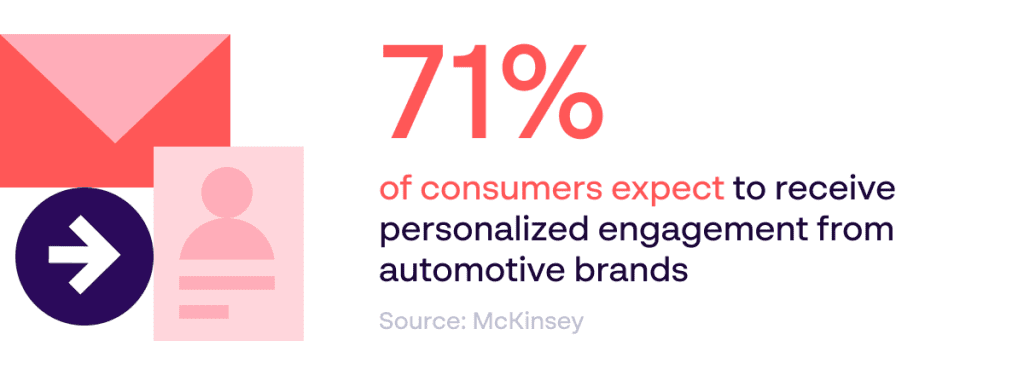
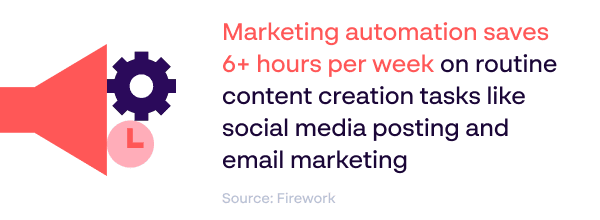
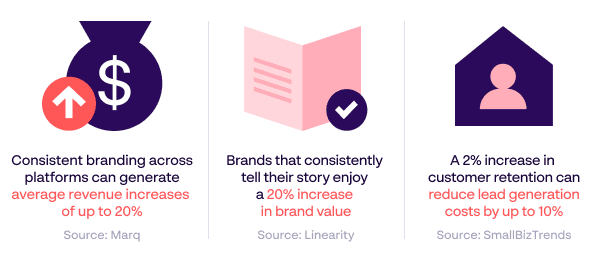
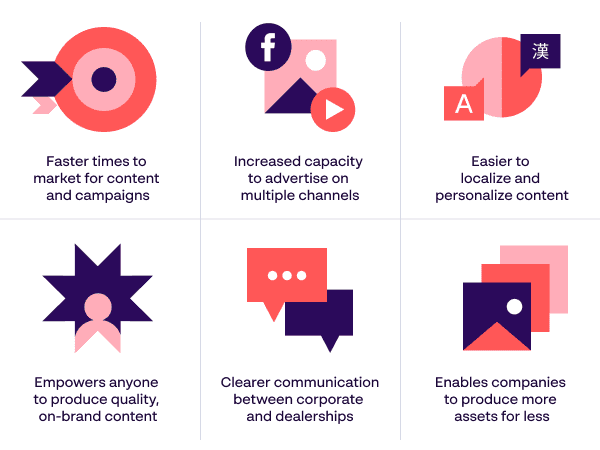
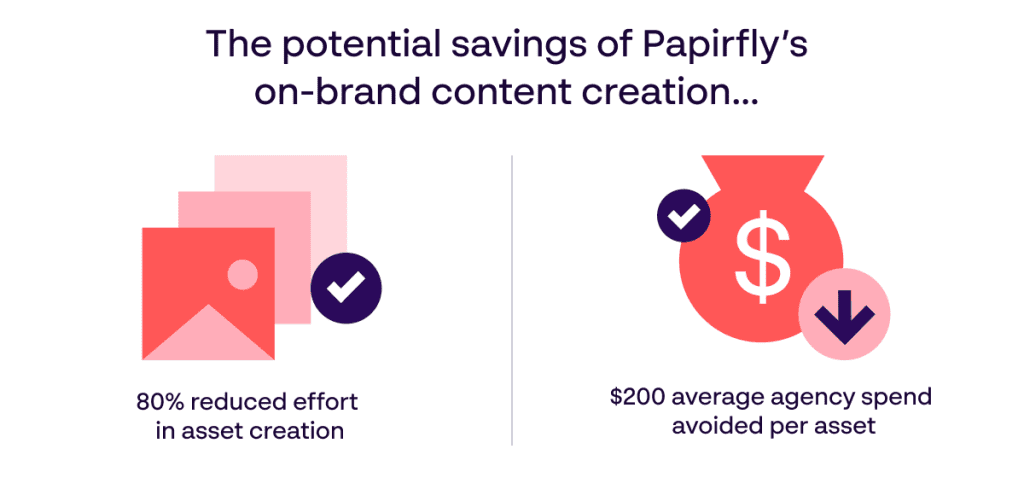

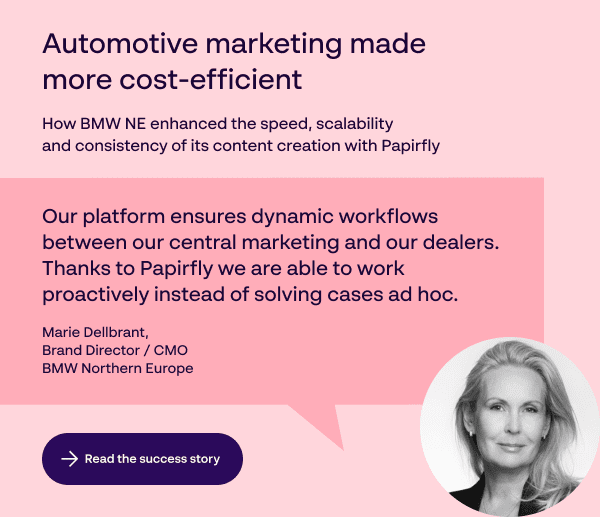

![[Papirfly blog] Regulations of UK pharmaceutical marketing and promoting medicines - Infographic - Source: Gov.uk](https://www.papirfly.com/wp-content/uploads/2025/01/D-1-1-1024x768.png)
![[Papirfly blog] Examples of non-compliant pharma marketing - Papirfly infographic](https://www.papirfly.com/wp-content/uploads/2025/01/D-1-2-1024x751.png)
![[Papirfly blog] Importance of brand trust - 71% of customers stop buying from brands that break trust - Source: MarketingWeek](https://www.papirfly.com/wp-content/uploads/2025/01/D-1-3-1024x375.png)
![[Papirfly blog] Financial impact of UK pharmaceutical marketing non-compliance averages a £630,000 penalty cost - Source: The Pharmaceutical Journal](https://www.papirfly.com/wp-content/uploads/2025/01/D-1-4-1024x375.png)
![[Papirfly blog] Pharma industry advertising marketing spend was £54 billion in 2022 - Source: Kantar](https://www.papirfly.com/wp-content/uploads/2025/01/D-1-5-1024x375.png)
![[Papirfly blog] The 6 steps of an internal skills audit for pharmaceutical company marketing teams](https://www.papirfly.com/wp-content/uploads/2025/01/D-1-6-A-1024x495.png)
![[Papirfly blog] Best practice tips for consulting third-party pharma compliance auditors - Papirfly infographic](https://www.papirfly.com/wp-content/uploads/2025/01/D-1-7-1024x683.png)
![[Papirfly blog] Compliant pharmaceutical marketing assets – easy task with Papirfly!](https://www.papirfly.com/wp-content/uploads/2025/01/D-1-8-1024x358.png)
![[Papirfly blog] Find your marketing assets easily with a DAM solution from Papirfly.](https://www.papirfly.com/wp-content/uploads/2025/01/D-1-9-1024x444.png)
![[Papirfly blog] Meet Papirfly – the #1 solution to create and manage content. On-brand. At scale.](https://www.papirfly.com/wp-content/uploads/2025/01/D-1-10-1024x700.png)

